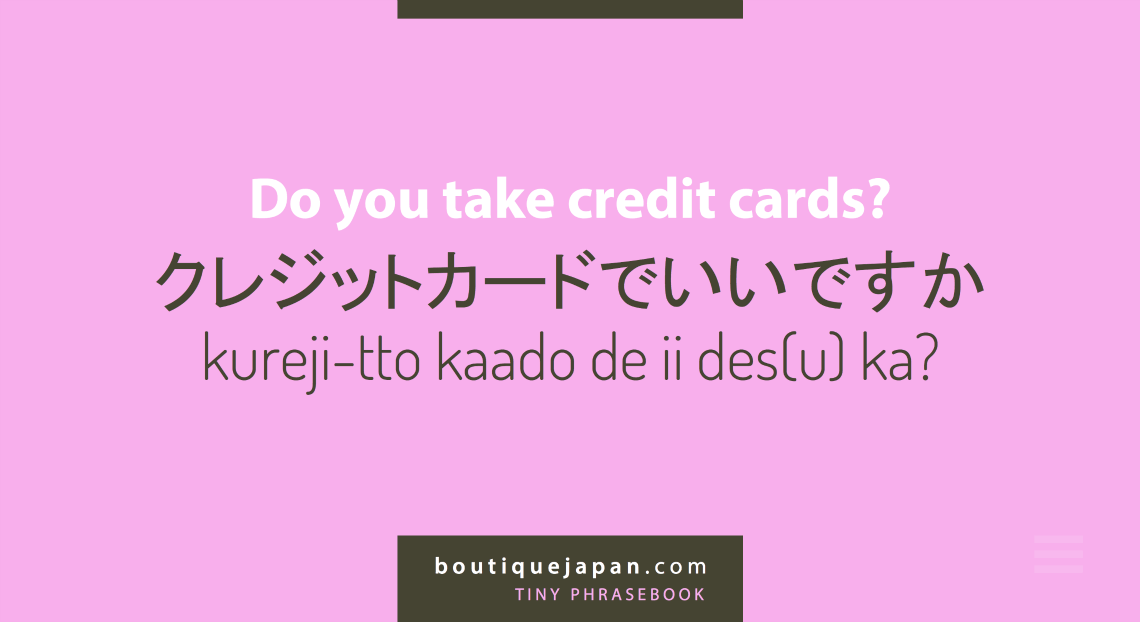As you prepare for your Japan trip, you’re probably curious about money in Japan, how much yen you might need, and whether or not you’ll be able to use your credit or debit cards as you travel around the country.
Japan is well-known for being a modern country where old-fashioned traditions live on, and this is certainly true when it comes to money matters. Unlike, for example, the USA, where you could go days or even weeks without ever using cash, Japan remains a cash-oriented society.
Not only is the use of cash extremely prevalent, but in many places credit cards are simply not accepted. On top of this, ATM machines that work with non-Japanese credit or debit cards can occasionally be hard to find, particularly in rural areas.
To help you navigate all this, we’ve compiled our top essential tips for dealing with money when traveling to Japan.
Originally written in 2015, this post was updated and republished on June 24, 2020.

Always Have Cash On Hand
As noted above, Japan is very cash-oriented.
In recent years, thanks in part to Japan’s increasing popularity as a destination for travelers from around the world, more and more places — restaurants, taxis, and shops, for example — have begun to accept credit cards.
It varies from establishment to establishment, but generally speaking you can usually use credit cards at hotels (and some ryokans), department stores, and some (but certainly not all) shops and restaurants.
On the other hand, you’ll generally need to use cash at neighborhood restaurants and small izakayas, old-fashioned ramen shops, many (though not all) sushi-ya, local markets like Tsukiji, and more.
As for which credit cards are accepted? While American Express is accepted at some places, you’ll probably have more success overall with cards issued by Visa, Mastercard, JCB, and UnionPay.

Learn more Japanese words and phrases and download our free Japanese Phrasebook.
Despite the trend toward credit cards becoming more widely accepted, it’s safe to say you’ll probably need to use cash at least once or more per day while traveling around Japan.
All of this means you will probably need to carry more cash (in the form of Japanese yen) than you’re probably accustomed to – especially when traveling in the Japanese countryside.
Luckily, it’s a very safe country (one of our favorite things about Japan), and the biggest risk is probably losing or misplacing your cash. Regardless, of course, be smart and take reasonable precautions if carrying large sums of money.

Budget Appropriately
As for how much cash to bring and how much to budget for daily expenses while in Japan: unfortunately, this varies too much from person to person – due to each person’s own spending and shopping habits – to provide a definitive answer.
To give you an idea of how much money you might need, see our handy guide on how much things cost in Japan.
Warning: even if you don’t like shopping, it’s wise to budget a bit extra as Japan is a shopper’s paradise!
Order Yen in Advance
This comes down to personal preference, but many people find it easier to obtain Japanese yen in advance.
You certainly don’t need to get all the yen for your whole trip (there are ATMs in Japan, covered below), but it can be relaxing to arrive in Japan with yen already on hand.
When you land in Tokyo or Osaka, you can exchange currency or seek out an ATM machine, but occasionally there are long lines – and you’ll likely be tired from the journey.
It’s also worth noting that, while some banks and hotels in Japanese cities can exchange currency, it’s not as easy to find currency exchanges in Japan as it is in many other countries.
We normally suggest contacting your local bank: they should either have Japanese yen on hand, or be able to order some for you. We like to get enough to cover our first few days in Japan, to avoid the hassle of having to get cash right after arriving.
After a couple of stress-free days, once you’ve got your bearings in Japan, you can then replenish your supply as needed by finding a foreign-friendly ATM machine to get more yen.
See the latest Japanese yen exchange rates.

Foreign-Friendly ATMs in Japan
ATM machines are not ubiquitous in Japan, and without proper preparation you may find yourself running all over the place in search of an ATM that will let you make a withdrawal with your non-Japanese debit or credit card.
Fortunately, in the cities it’s become much easier to find foreign-friendly ATMs, but in remote and rural areas it can be downright impossible.
There are a few types of ATM machines that usually work with major non-Japanese credit and debit cards, including post office ATMs and Citibank ATMs. However, our favorite tip for finding international-friendly ATM machines is to simply locate a 7-Eleven conbini (convenience store).
You’ll find 7-Elevens in cities and towns throughout the country, and the Seven Bank ATM machines located inside 7-Eleven conbini accept most major foreign credit and debit cards.
In recent years, other convenience stores have also begun adding foreign-friendly ATMs.
Daily Withdrawal Limits
For some banks and credit cards, you may need to let them know that you’ll be traveling to Japan, to be able to use your cards without issue.
We also recommend double-checking your daily withdrawal limits, if any. Since in Japan you will probably be using cash more than you normally do in your home country, it can be nice to know you’ll be able to take out enough Japanese yen if you need it.
We hope you’ve found our tips on cash, currency, credit cards and ATMs in Japan helpful!
Do you have more questions about Japan? Feel free to take a look at our Japan Travel FAQ, answers to the most common questions about Japan.



